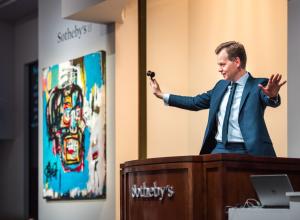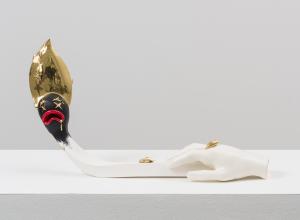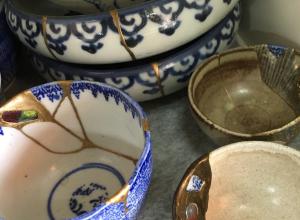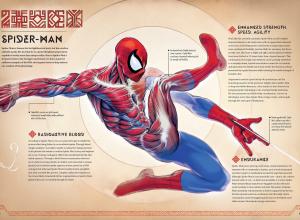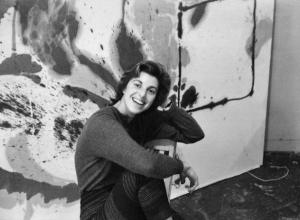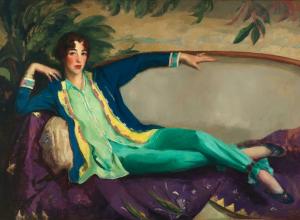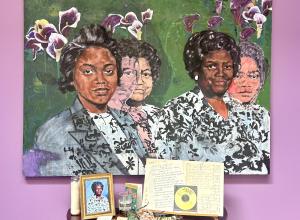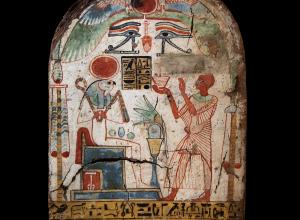All of her works are iterations of curved formats, although in the 1970s and ’80s she relied on the rectangle and the grid. Her earliest works were unstretched strips of canvas woven to form a loose grid with irregular edges that she covered with layers of sand and pigment. The paintings floated on the wall attached by hidden grommets on the back and had a distinct physicality. But after visiting New Mexico in the early ’70s, she became transfixed by the space and light of the place and began stretching the sand grids and infusing them with complex color relationships. She frequently joined multiple panels to increase size and scale and affect the way the viewer moved through them. In the late ’70s and ’80s she traveled extensively in Europe, and one can see the effect that fresco cycles and altarpiece paintings had on her work as she began assembling rectangular panels in ways that consciously or unconsciously alluded to predella panels and fresco schema.
All this changed in the ’90s when she and her husband took up residence in Galisteo, NM, and the dramatic elements of that particular landscape made her rethink how she was approaching her work. Fascinated by the place but at a loss to express what she was seeing, she began using disposable cameras to take 360-degree snap- shots of the Galisteo basin over and over again and taping them together to form panoramas. In an interview with The Brooklyn Rail she recounted how “the photos were a record of the way the passage of light changed the relationships of everything from shot to shot. From these I began making drawings and cutting them up. When I got back to New York I had the first [shaped] panels made by a furniture maker.”
She recalls today, “In Galisteo I came to realize that it’s all about what you feel is important enough to remember. Your gaze is a form of editing, and that’s what I wanted to determine the shape of my paintings.” She hangs one of the taped-together panoramas on the wall for us to photograph. It’s an image in small format of a vast scene. You sense in the curvature of the landscape and the way in which the shapes keep transforming into something else, the formal interchange between earth and sky. As we talk about various connections between these and the images tacked to her walls of Arabic manuscript paintings, an Anasazi pot from the 11th century, a white, domed monastery ceiling with surrounding arched pediments, our conversation touches on the never-ending pathway toward becoming in which nature, art, and experience are intertwined in ways that Pousette-Dart points out are spiritual and sensual rather than literal. All the arts appear to be at play in Pousette-Dart’s paintings. Certainly, and most naturally, dance, and, of course, poetry. There are rhyming segments and natural rhythms, as well as connections with music and architecture. The paintings are built structures, actually and conceptually. Snaking across the segments are ribbons of color that play in concert with the compositional shapes. They consist of panels of beveled wood covered with portrait linen and then paint. The beveling creates a sense of buoyancy.

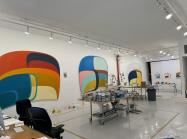
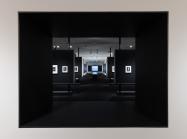

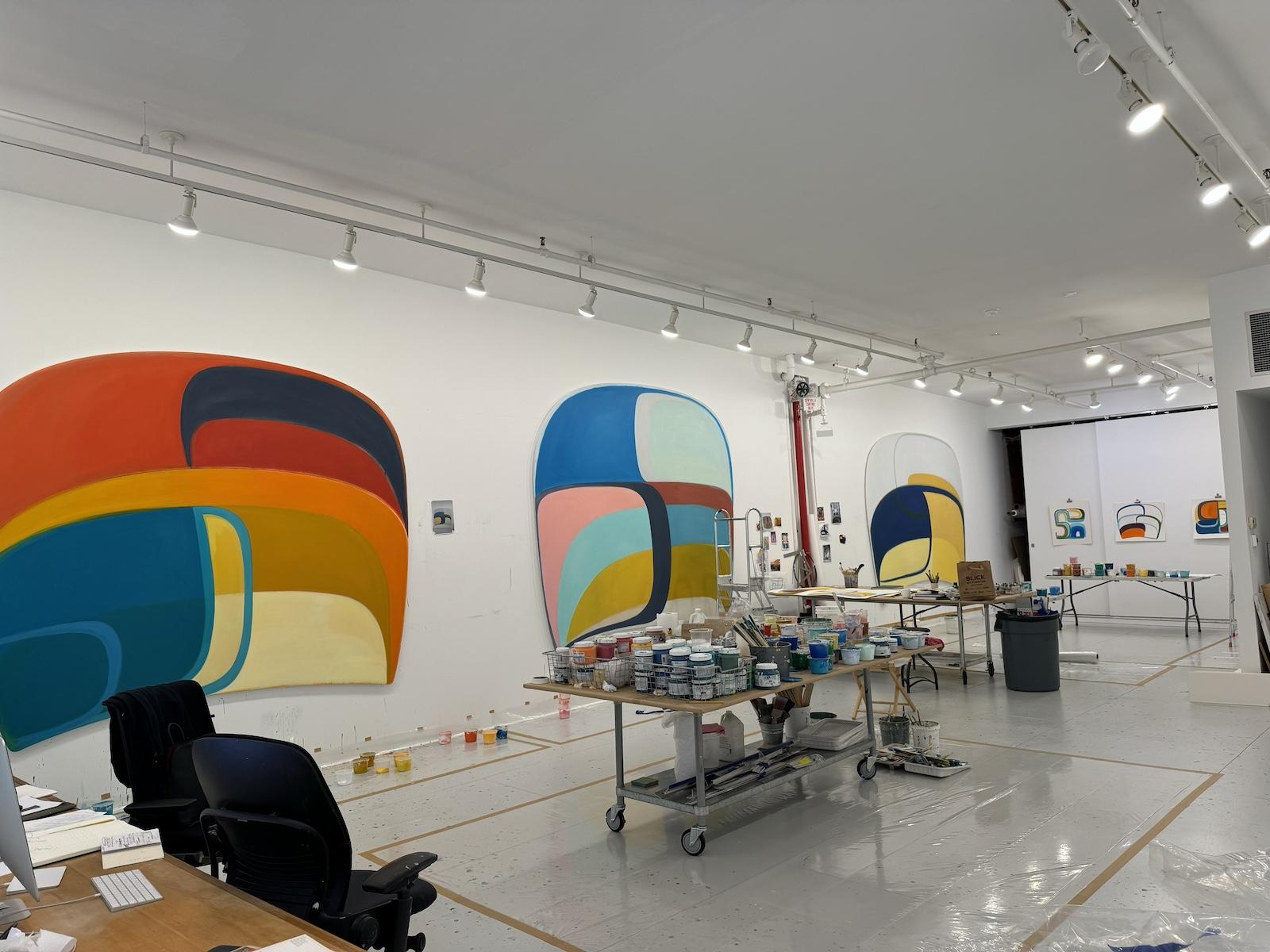
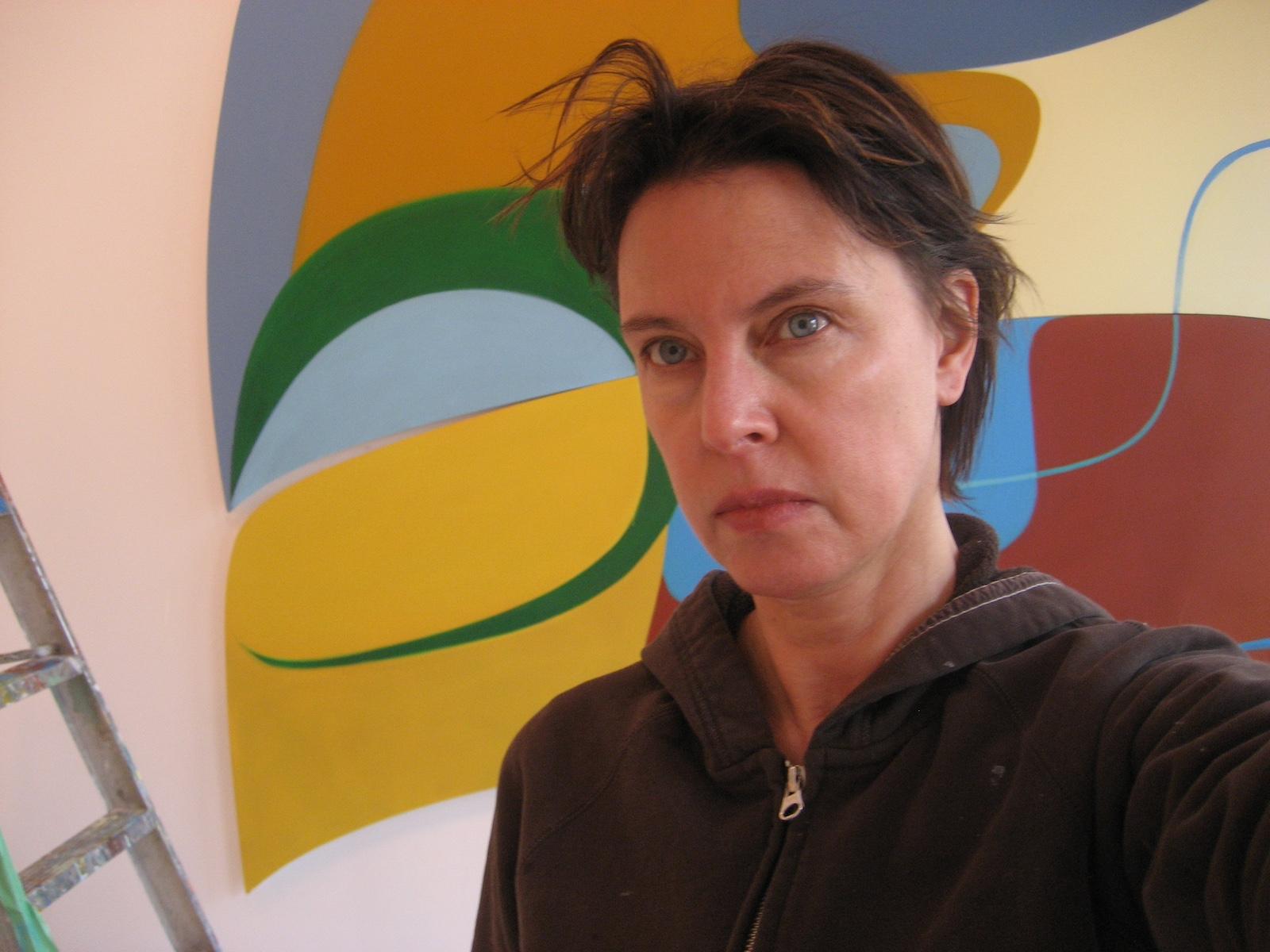
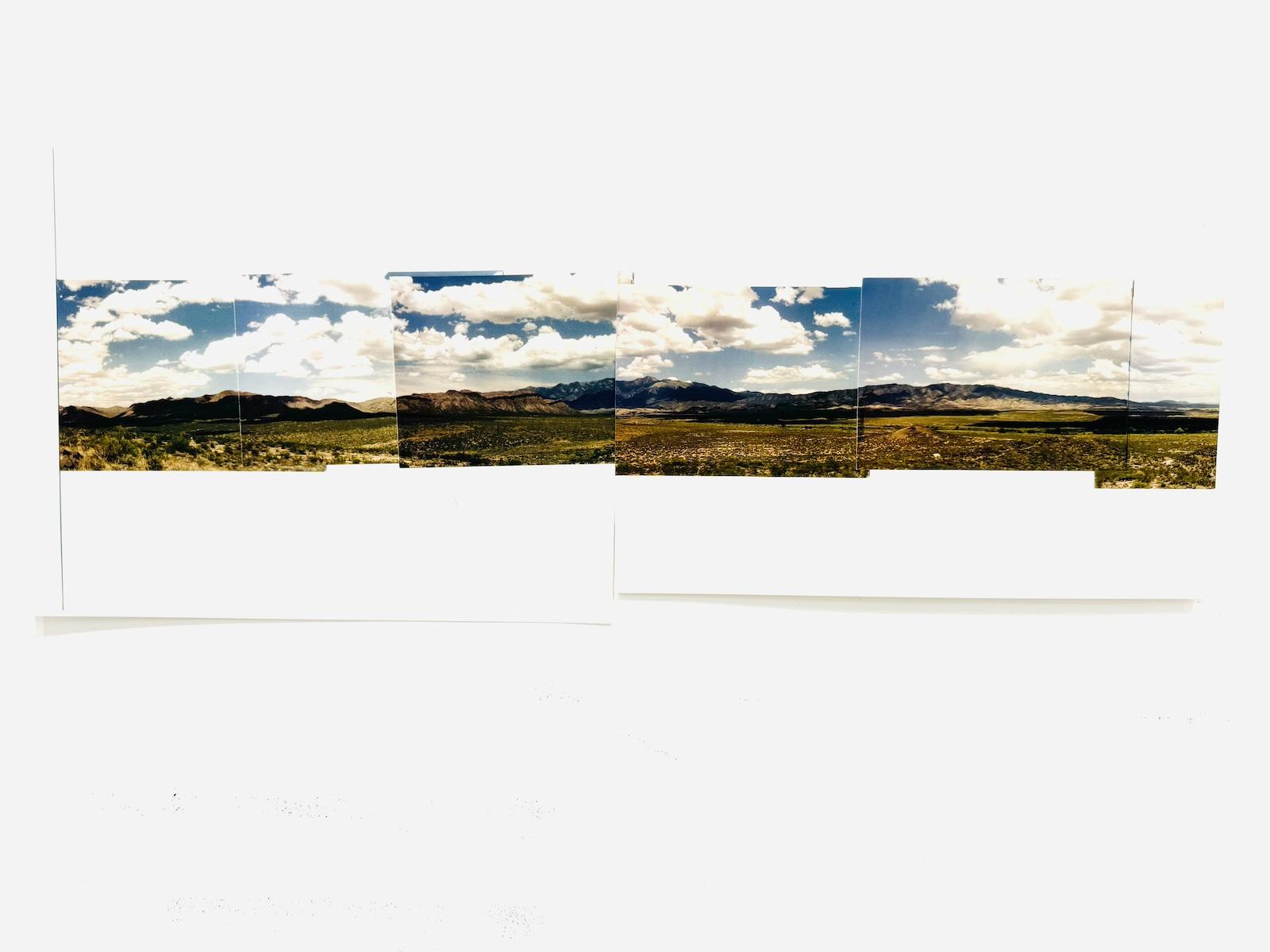
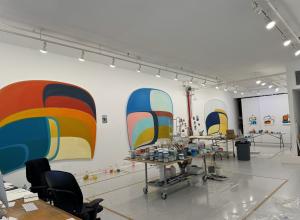
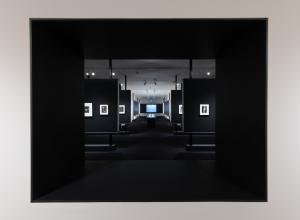

![DEl Kathryn Barton [Australian b. 1972] the more than human love , 2025 Acrylic on French linen 78 3/4 x 137 3/4 inches 200 x 350 cm Framed dimensions: 79 7/8 x 139 inches 203 x 353 cm](/sites/default/files/styles/image_5_column/public/ab15211bartonthe-more-human-lovelg.jpg?itok=wW_Qrve3)
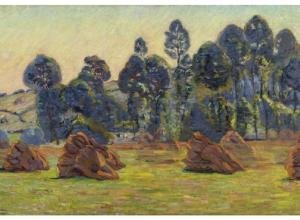
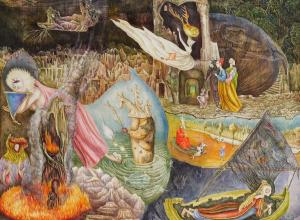
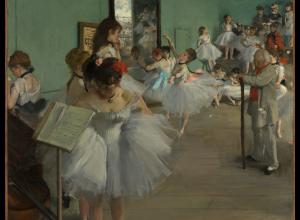
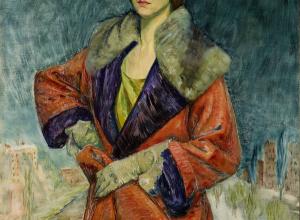
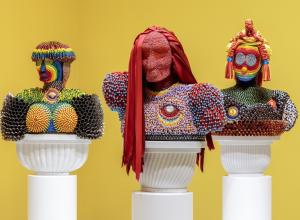
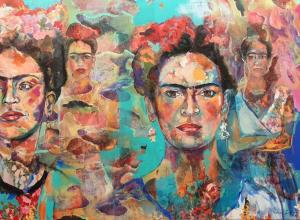
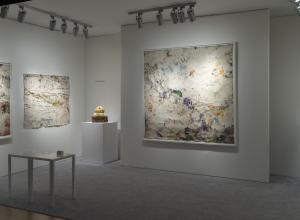

![Ginevra de’ Benci [obverse]. 1474/1478. Leonardo da Vinci. Oil on Panel. Ailsa Mellon Brue Fund, National Gallery of Art.](/sites/default/files/styles/image_5_column/public/ginevradebenciobverse196761a.jpg?itok=hIzdUTaK)
